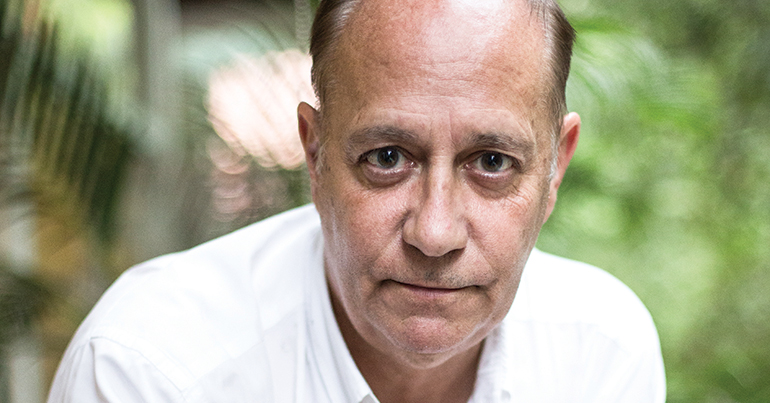With KepExpo in full swing, find out the project manager’s thoughts on the past, present and future of Cambodia’s favourite soporific seaside getaway

From a Chinese fishing town to Southeast Asia’s ‘St Tropez’, Kep’s rich history will be explored through film, photography and architecture at KepExpo this month. Serge Remy explains what Kep means to him.
***
What is it about Kep that fascinates you?
Kep is a small place with a big story. The idea is one place, four workshops, one exhibition and one book. This is to tell the story of that place [in accordance with] the baseline of our association, which is: preserve the past, share the present and build the future. And this means building a sustainable future regarding the daily life of the people. We look at what was going on in Kep a long time ago: its history. The 19th and 20th centuries are very full of historical events. There was a war at the end of the 19th century between the Chinese, Cham, Khmer and French that killed at least 3,000 people.
Looking through these idyllic mementos of the seaside resort in the 1960s, how do you feel knowing what the country is about to go through under the Khmer Rouge? I think that, for me, we must be careful with nostalgia. What is interesting is the history – what’s going on, why do people focus on Kep, what they have done? I remember 20 years ago, no Cambodian people went to Kep. But suddenly everything changed since five years ago. You have a lot of Cambodian people who are really interested. This is why I told you: preserve the past… You can’t look at the future if you don’t know where you’re coming from. It’s impossible.
How can Cambodians ensure that a vision of sustainable development wins out over one driven solely by profit?
For aesthetics, if you talk with the powerful people in Cambodia, their references for architecture and urbanism are always China and Singapore. This is skyscrapers, this is large avenues, this is air-conditioning everywhere, urban lights day and night. There is a plan to develop mass tourism on the Cambodian coast. The question is what Cambodia will propose to these foreign tourists coming from China and Vietnam. Will it propose the same things as in Hainan island, Phu Quoc island, where everything is the same? I don’t think so – what travellers are looking for really is to change their brain, to be curious, to be surprised. Cambodia holds some of the best cards to do a really original and attractive development. For Kep, you have something very fragile and special, something you can’t find anywhere else.
This article was published in the February edition of Southeast Asia Globe magazine. For full access, subscribe here.

